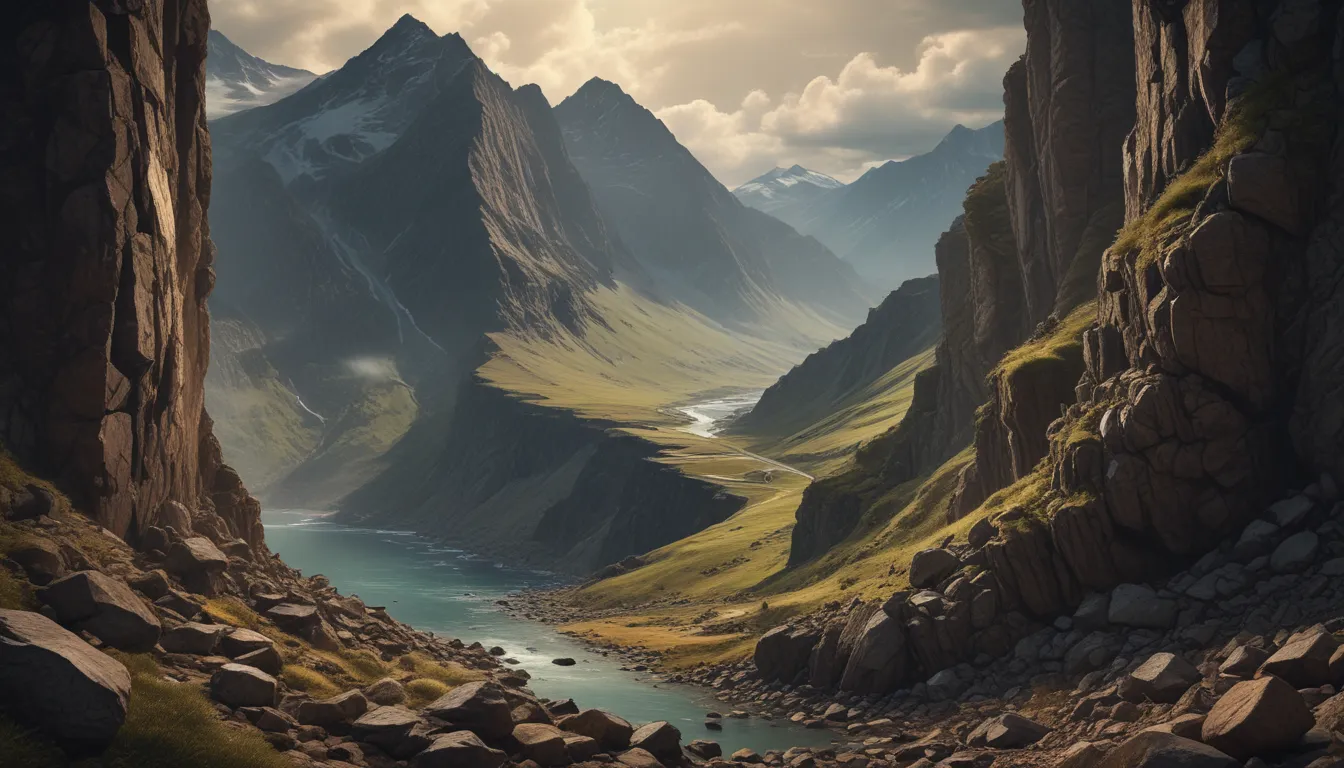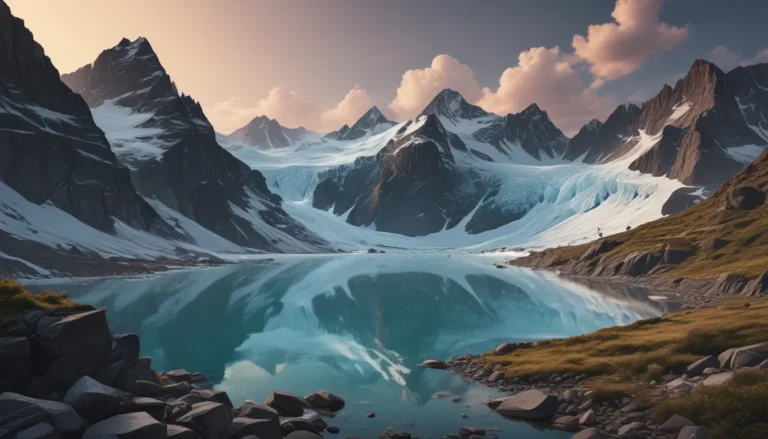A Note About Images: The images used in our articles are for illustration purposes only and may not exactly match the content. They are meant to engage readers, but the text should be relied upon for accurate information.
Scree, also known as talus, is a captivating geological phenomenon found in various mountainous regions worldwide. From its unique formation to its ecological significance, scree has many hidden secrets waiting to be discovered. In this article, we will delve into 19 unbelievable facts about scree that will leave you amazed and awestruck. So, let’s embark on a journey through the rocky world of scree and unravel its mysteries together!
Unveiling the Wonders of Scree
-
Scree: A Geological Marvel: Scree, comprising loose rocks that accumulate at the base of steep slopes or cliffs, is a geological wonder that plays a vital role in shaping landscapes and providing habitat for diverse organisms. Its formation involves both physical and chemical weathering processes, offering valuable insights into the Earth’s history.
-
Global Presence of Scree: Whether in the majestic Himalayas or the rugged terrain of the Alps, scree can be found in mountainous regions worldwide. Formed through weathering and erosion, scree slopes serve as crucial habitats for specialized plant and animal species that have adapted to thrive in challenging environments.
-
Challenges for Adventurers: Navigating scree can be treacherous for hikers and climbers due to the shifting nature of loose rocks. Proper footwear and caution are essential for a safe and enjoyable outdoor experience on scree-covered slopes.
-
Geological Significance: Scree deposits provide valuable information for geologists, offering insights into the geological history of an area. By studying the composition and characteristics of scree rocks, researchers can uncover details about erosion, tectonic movements, and even past glaciation events.
-
Versatile Use of Scree: The loose rocks of scree are versatile and find applications in construction and landscaping projects. They can serve as foundation material, provide stability and drainage, and enhance the aesthetic appeal of rock gardens and pathways.
The Intriguing Characteristics of Scree
-
Varied Rock Sizes: Scree rocks vary in size from tiny pebbles to massive boulders, influenced by geological processes and rock type. The range of rock sizes adds to the dynamic nature of scree slopes.
-
Diverse Rock Composition: Scree can be composed of various rocks like granite, limestone, sandstone, or volcanic rock, offering clues about the underlying geology of an area. The composition of scree rocks reflects the geological diversity of the region.
-
Dynamic Evolution: Due to the continuous action of gravity and weathering, scree slopes are ever-evolving, with rocks constantly falling from above, reshaping the structure and composition of scree over time.
-
Role in Soil Formation: Over time, scree contributes to soil formation as it mixes with organic matter, releasing minerals and nutrients that enrich the soil and support plant growth. Scree plays a vital role in ecosystem development.
-
Valuable Resource for Rock Climbers: Scree slopes provide an ideal training ground for rock climbers, offering varied terrain and loose rocks that challenge and improve climbing skills. Climbers seek out scree slopes for their dynamic climbing experience.
Embracing the Beauty and Significance of Scree
-
Coastal Scree: While commonly associated with mountainous regions, scree can also be found in coastal areas, shaped by the action of waves and tides. Coastal scree adds to the coastal landscape’s rugged beauty.
-
Aesthetics of Natural Landscapes: The presence of scree enhances the visual appeal of natural landscapes, creating picturesque scenes admired by nature enthusiasts and photographers. The contrast between rugged slopes and vegetation adds a unique charm to the environment.
-
Educational Resource: Scree serves as a valuable resource for geological research and education, offering hands-on opportunities for studying geological processes and landscape evolution. Aspiring geologists benefit from exploring the diverse characteristics of scree.
Appreciating the Marvels of Scree
In conclusion, the 19 unbelievable facts about scree shed light on its significance as a geological phenomenon. From its formation to its ecological role and geological impact, scree proves to be a captivating subject within Earth sciences. Its presence in mountainous and coastal regions enriches the beauty and complexity of our natural environment. The next time you encounter scree during your outdoor adventures, take a moment to appreciate the wonders of this loose rock phenomenon!
By unraveling the mysteries of scree, we gain a deeper understanding of the Earth’s processes and the diverse habitats it supports. The unbelievable facts presented in this article offer a glimpse into the multifaceted nature of scree, captivating scientists, adventurers, and nature lovers alike.
FAQs: Exploring Further
1. What is scree?
Scree refers to loose stones and gravel accumulated on steep slopes and rocky terrain.
2. How is scree formed?
Scree is formed through weathering and erosion processes, where rocks break down and fragment over time.
3. What is the purpose of scree in nature?
Scree serves as a natural mechanism for erosion control, providing habitat for various plant and animal species.
4. Can scree formations change over time?
Yes, scree formations can evolve due to ongoing weathering and geological processes, shaping the landscape around them.
5. Are there endangered animal species that rely on scree habitats?
Some endangered animal species, like the snow leopard, depend on scree habitats for shelter and hunting grounds.
Dive into the World of Scree
Scree’s fascinating properties make it a captivating subject for geologists and nature enthusiasts alike. If you’re eager to learn more about Earth’s incredible features, explore our articles on geology fun facts, mountains, and landslides. Each piece offers a unique insight into the awe-inspiring world around us, from towering peaks to geological forces shaping the planet’s surface. Embark on a journey of discovery and uncover the wonders that await you!
Was this page helpful?
Our commitment to delivering trustworthy and engaging content is the cornerstone of our work. Every fact on our site is contributed by real users, ensuring a wealth of diverse insights and information. Our dedicated editors meticulously review each submission to guarantee accuracy and reliability. Trust in our dedication to quality and authenticity as you explore and learn with us.






